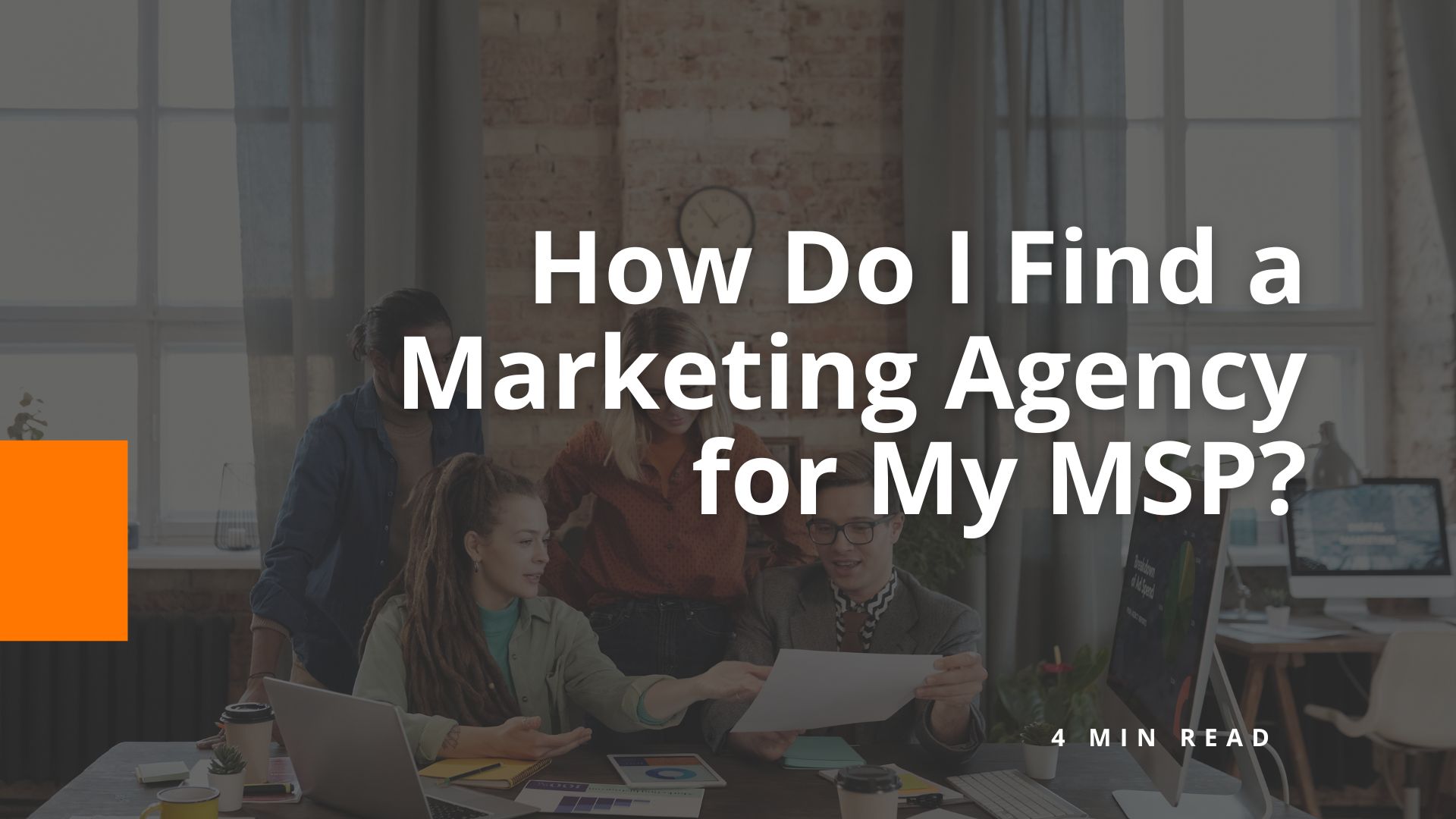What Are Examples of a StoryBrand Website?

An example of a StoryBrand website includes Internos Group’s website, which explains the company’s Miami IT services. The site clearly appeals to the customer’s goals, telling a story with visual elements, cohesive brand and solutions to various customer problems. StoryBrand website examples like this one always position the customer as the hero, outline the problems they face and present the brand as the guide offering a solution. Here is a list of other attention-grabbing StoryBrand websites to visit.
What features should a StoryBrand website include?
A StoryBrand website should include the following features:
- A clear, engaging headline that captures the reader’s attention.
- A concise explanation of the customer’s problem.
- A presentation of the brand as the guide with a solution.
- A detailed plan outlining how the customer can achieve their goals.
- Strong calls to action, detailing how customers can take their next steps.
- Visual elements that draw the eye along each website page and enhance the story.
How does a StoryBrand website differ from a traditional website?
A StoryBrand website differs from a traditional website in its approach to messaging and customer engagement. While traditional websites often focus on business and marketing, listing features and services, a StoryBrand website uses a narrative structure to personally connect with readers. It positions the customer as the hero and the brand as the guide, making the messaging more relatable and compelling. This approach helps build a stronger emotional connection and encourages visitors to take action with clear steps.
What are the seven key elements of a StoryBrand BrandScript?
The seven key elements of a StoryBrand BrandScript are:
- Character: The main character in the story should always be the customer.
- Problem: A description of the primary challenges the customer faces.
- Guide: A helpful authority figure (your brand) who helps guide the customer to a solution.
- Plan: Steps the customer can take with your brand to solve their problem.
- Call to action: The action you want the customer to take.
- Success: Description of what success looks like after working with your company or buying your products or services.
- Failure: The consequences of inaction, or choosing a competitor.
How can the StoryBrand framework help my business grow?
Using the power of storytelling, the StoryBrand framework nurtures meaningful connections with audiences. It helps businesses elevate their brand, attract more clicks on their websites and gain more leads by making their messages more attention-grabbing and memorable.
Wondering What Are Examples of a StoryBrand Website?
To learn more about how you can utilize StoryBranding for your organization, schedule a non-sales call with us. We are excited to hear about your vision and goals.
Share the knowledge
What Is Marketing in the IT Industry?
Marketing in the IT industry requires a blend of traditional strategies with more modern digital techniques designed to draw in target audiences and possible consumers. …
Explore this TopicHow Big Is the MSP Industry?
The managed service provider (MSP) industry has seen substantial growth over the past decade. Because our reliance on technology has steadily increased over the years,…
Explore this TopicWhat Does Managed IT Services Mean?
Managed IT services is a practice that many businesses are choosing now, outsourcing the responsibility of maintaining and managing their technology. This is an alternative…
Explore this TopicHow Do I Find a Marketing Agency for My MSP?
Here are a few simple steps to take as you research and find an MSP marketing agency: Should I Hire a Marketing Agency for My…
Explore this TopicLeveraging ChatGPT: A 10-Step Guide to Crafting an Effective AI Marketing Campaign (In Just 45 Minutes!)
Creating a compelling AI marketing campaign can be a daunting task, especially when time is limited. BigOrange Marketing is here to help with an engaging…
Explore this TopicIs Content Marketing Dead? What Business Owners Need to Know Now
With search algorithms continuing to get smarter and new AI tools more able to produce volumes of content with ease, does content even matter anymore?…
Explore this TopicLearn How to Leverage AI to Create Marketing Campaigns at CompTIA
Gone are the days of marketing campaign planning taking hours upon hours to complete. With our ChatGPT strategy you do not need to spend hours…
Explore this TopicWe’ll See Ya at CompTIA’s ChannelCon 2024
The CompTIA ChannelCon 2024 will be here before we know it. BigOrange Marketing’s CEO, Margee Moore, will be meeting attendees at our booth and giving…
Explore this Topic









